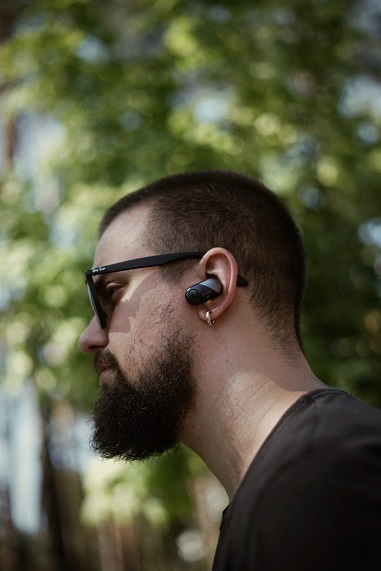With work and leisure becoming more intricately tied to the digital space, customers’ demands are leaning toward more novel experiences in technology. In fact, the latest business trends lean toward emerging technologies, such as augmented and virtual reality (AR and VR) and artificial intelligence (AI).
By integrating these technologies, today’s products are capable of heightened efficiency and problem-solving, reduced friction in user experiences and greater possibilities for more entertainment.
One of the areas enjoying these developments is wearable tech — and, in particular, smart glasses. Companies are incorporating greater functionality that adheres to the latest style and user trends, providing incredible new user experiences. Read on to learn more about the emerging technologies behind the rise of smart glasses in the eyewear industry.
Internet of Things (IoT)
The Internet of Things (IoT) is one of the most crucial technologies people use daily. It allows smart devices with sensors, processors, and other technologies to transfer data to similar devices within a network. Examples of IoT devices include smart appliances, fitness machines and trackers, and smartwatches. They also extend to smart glasses now, allowing users to control their devices or programs more flexibly.
IoT-Powered Smart Glasses
Take Ray-Ban Stories, for instance, which are IoT-powered smart glasses. The model reimagines the brand’s classic Wayfarer, Round, and Meteor frames into wearable tech, integrating digital features for greater convenience. Connecting to your smartphone via Bluetooth, Ray-Ban Stories extends control of your Facebook account to your glasses.
It features a Dual 5MP camera and discrete open-ear speakers, allowing you to record videos and answer calls hands-free with excellent picture and audio quality. Made to accommodate users on the go, it comes with a portable charging case that provides three additional charges. Through IoT-powered tech, smart glasses like this provide users with greater comfort and ease.
Artificial Intelligence (AI)
One of the most prevalent technologies today is AI, which simulates human intelligence so machines can learn about problems and provide solutions to them independently. It enables advanced functions like scanning and interpreting images, understanding and translating spoken and written language, and making recommendations based on analyzed data. When paired with smart glasses, it can make life easier for the user.
Helping Blind or Visually Impaired Individuals
Netherlands-based Envision smart eyewear has done this by harnessing AI to provide assistance to blind or visually impaired individuals. It can help users identify people and objects, make hands-free video calls to loved ones, and use public transportation without assistance.
The company has now also incorporated ChatGPT and GPT-4, an AI chatbot, to make information more accessible to users. The software will read its answer aloud after scanning texts and posing questions. These functions show how emerging technologies and smart glasses can work together to enhance a user’s quality of life.
Mixed Reality (MR)
Many of us are familiar with augmented reality, which overlays graphics on your physical surroundings, and virtual reality, which creates an entirely new and fully immersive digital experience. However, fewer are familiar with mixed reality (MR), which provides environmental perception to blend the physical and digital worlds.
One of the best ways to understand MR is by looking at Microsoft HoloLens, which spearheads the use of this technology in eyewear. The HoloLens uses sensors, holographic processing, and advanced optics to blend the real world with the digital one.
The headset provides a see-through display, allowing users to see their physical reality even while wearing it. This lets you interact with 3D images realistically, potentially elevating operations in manufacturing, engineering, construction, healthcare, and education. With MR, the use of eyewear can be elevated to more industrial-level functionality.
The Future Of Smart Glasses
Today, emerging technologies have done wonders to elevate efficiency and the quality of life for many people. By combining their functions with smart glasses, we get a glimpse of what the future holds for wearable technology.
